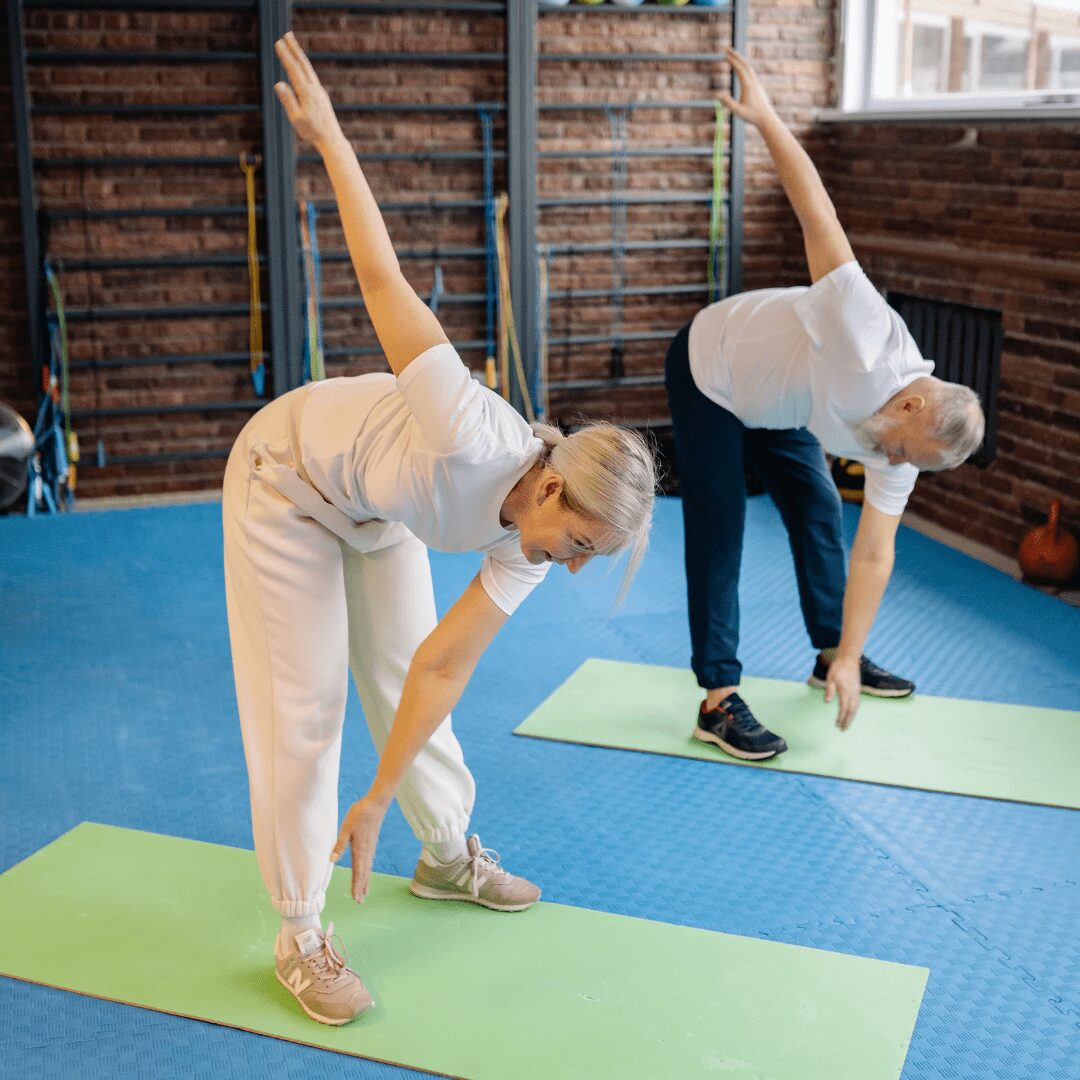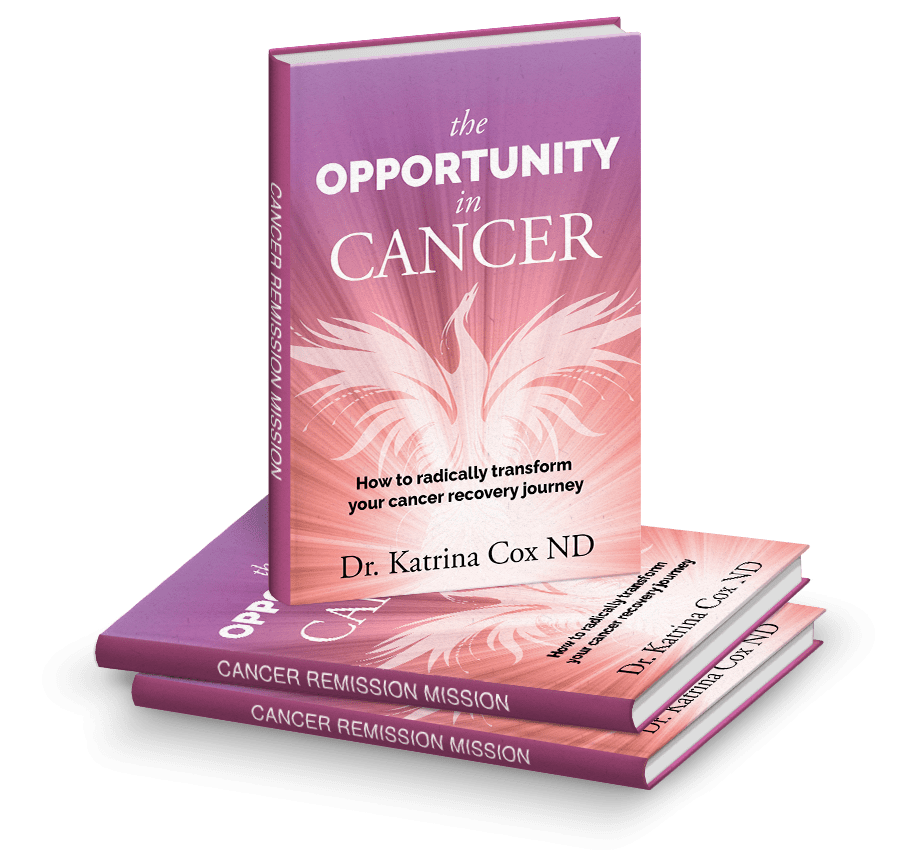In this blog series we are talking about how important movement is for cancer survivors. I shared the research about the impact exercise has on cancer recovery and understanding that body movement is foundational to our health. Exercise helps with mood, it reduces depression and anxiety, can help with pain management and it helps people sleep better.
However, the most positive impact exercise has for cancer survivors, that a lot of people don’t realize, is that body movement can drastically help with brain recovery. Many who have undergone treatment experience chemo brain and that foggy brain. Movement has been shown to help improve those symptoms, and might be a key motivator for cancer survivors to create a plan for including more body movement.
What Motivates You?
The most important thing is that you need to discover for yourself what works for you, what doesn’t work for you. What is it that you enjoy doing? Don’t start with the things that you absolutely detest. I, myself, am never going to run a marathon because I am simply not a big fan of running. However, I could easily make swimming part of my body movement strategy, because I could swim ‘til the cows come home. In fact, anything around water – kayaking, stand-up paddleboarding, yoga next to the water – would all be appealing options for me. Focus on something that you can find joy in. There are so many ways to create movement that make a huge difference for what your body connects with.
The second thing that I recommend is to find your motivation. What is your why? Why are you doing this? Is it to find more social opportunities through physical activities? Is it to build strength or to create more oxygenation in your body? What are your goals to be able to actually accomplish something so you have something to work towards?
The third thing to know is what your body movement does for you?
Does it work your heart and lungs?
Does it work your lean muscle mass?
Does it relax your mind?
These are all important factors, and you can find exercises that do many different things for the body at once.
For example, going for a hike can work your muscle mass, it can also work your cardiovascular system, especially if you put some hills in there, and you can relax your mind because you’re in nature. One activity that hits all three.
Or consider yoga. It provides relaxation, and depending on the variation of yoga you choose, it might also help to strengthen muscles. There are lots of ways to create the environment that will allow for you to create this body movement plan and to accomplish the things that you need to accomplish.
Transformation in Action!
A few years ago, I worked with an 80-year-old woman who was a cancer survivor. Everyone called her Gran, because she was very social and got along well with almost everyone. Unfortunately, during her cancer treatment, she suffered from a stroke. Despite her doctors telling her she would probably never walk independently again, she was determined not to become bedridden. With that, she never sat still. She used her IV post for support, and started walking the floors. To help stay focused she gave herself the task of saying hi to everybody that was on her floor. She wouldn’t sit, until she had said hi to all the nurses. All of that effort paid off, and she was eventually able to walk out of the hospital with no walker and no cane. That was something that we didn’t think was going to happen because of the situation – both the cancer as well as the stroke. You can imagine what an inspiring transformation that was to see.
This is a perfect example of finding your motivation and using it to create change. She needed to be social and she needed to be moving her body on a regular basis. Although she had barriers in her way, she was able to find a way to make it happen.
What I’d like you to take away from this is these three tips:
- You need to know more about yourself. What do you like? What do you dislike?
- What’s your motivation? Is it walking your dog? Is it being social? Is it spending time by yourself? What is your motivation for doing it?
- Find out what movement works best for your body. Is there a piece or are there multiple pieces? Can you put together a movement plan that incorporates a lot of the different pieces that we talked about?
Creating a Body Movement Plan
 To create an effective body movement plan, remember to consider:
To create an effective body movement plan, remember to consider:
What do you enjoy?
What is your motivation?
What does it do for you and your body?
Movement is an important part of your cancer recovery plan, and a great way to rediscover the joy of what your body can do.
Check out the next article in this series to learn more about the long-term benefits of exercise and movement for cancer survivors.



